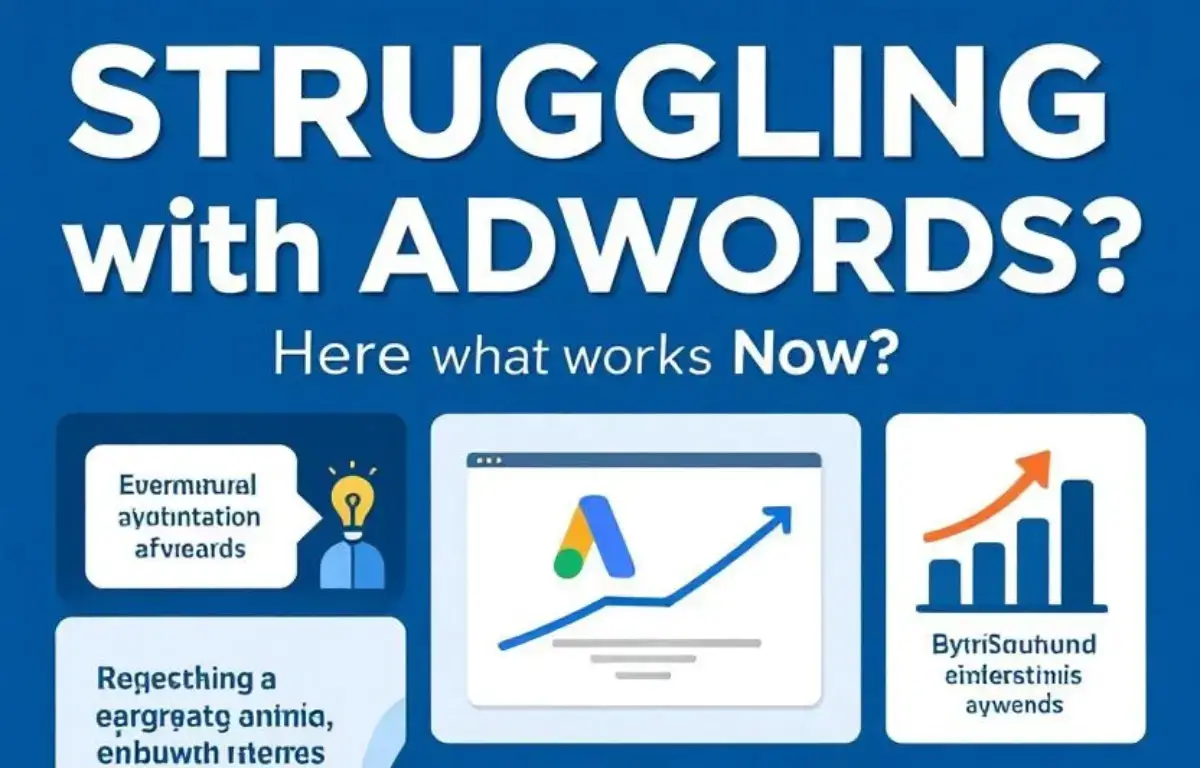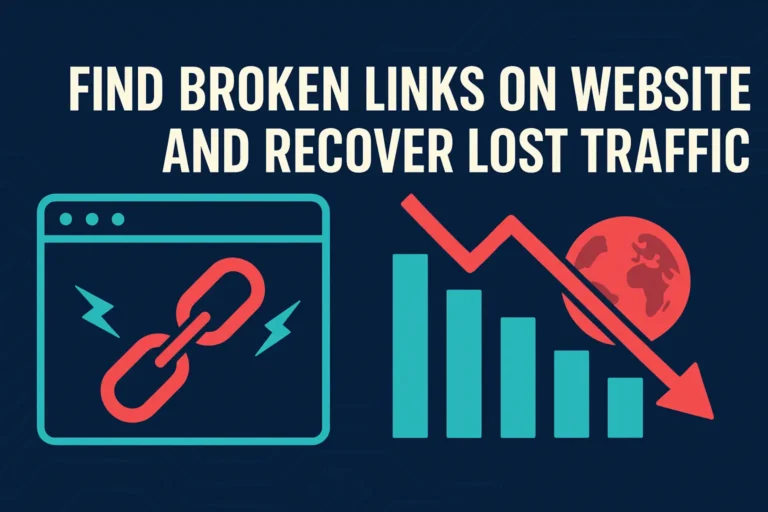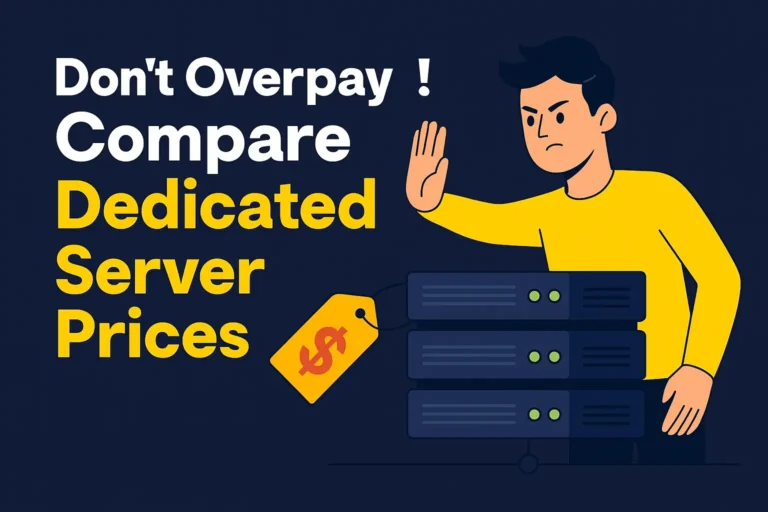If you’ve been running AdWords campaigns and feeling like you’re pouring money into thin air, you’re not alone. Many advertisers report soaring costs, low conversion rates, or clicks that don’t turn into anything. The world of Google Ads (AdWords as many still call it) has shifted fast. What used to work a year or two ago may now be leaving you frustrated.
Here’s a guide to what’s actually working now in AdWords. These are strategies informed by recent trends, real results, and what many marketers are leaning into. If you apply them well, you might finally see your campaigns start delivering.
Why Many AdWords Campaigns Are Failing Today
AdWords isn’t broken—it’s changed. Automation, AI, privacy policies, mobile‑first usage, user behavior, and competition have all moved the goalposts. Some campaigns fail because advertisers cling to old tactics: relying too much on exact match without exploring search themes, letting default settings run wild, not paying attention to landing page experience, not using first‑party data, or ignoring mobile speed. Sometimes it’s because creatives (ads themselves) feel stale or generic so people scroll past them. Or because performance tracking is weak, so you don’t really know what’s working.
Recognizing the pain points is step one. Once you see where you’re losing, you can fix incrementally instead of gambling with budgets blindly.
The Strategies That Are Working Right Now in AdWords
Smart Bidding & AI‑Driven Bid Strategies
One big change in AdWords strategy is moving toward smart bidding. Manual CPC still has use, but for most businesses smart bidding strategies like Target ROAS or Maximize Conversions are giving better ROI because they let Google’s algorithm adjust bids in real time based on signals (user device, time, location, audience signals). Automation isn’t magic without guardrails. You need accurate conversion tracking, good data, and frequent audits to keep things from bleeding out. Sources suggest performance max campaigns are becoming standard.
First‑Party Data & Privacy Compliance
With third‑party cookies being phased out and privacy regulations tightening, using first‑party data is no longer optional. Customer lists, website events, CRM data, offline conversions are powerful tools. When you feed that into your AdWords account (or Google Ads), you gain better audience signals. Enhanced conversions help too. These improve match quality and can lift performance significantly.
Better Keyword Match Strategy & Search Themes
Instead of obsessively restricting to exact match, current winners use a mix: broad match + negative keywords + phrase match. Broad match helps find newer search queries, long‑tail opportunities, and emergent intent, as long as you pair it with smart bidding and monitor search terms strictly. Search themes also matter: organizing around user intent. Use negative keywords to filter waste heavily.
Responsive Ads & Creative Variation
AdWords demands better creativity now. Responsive Search Ads (RSAs) allow you to give many headlines and descriptions, letting Google test combinations. But giving many inputs is only half the battle. The headlines need to be distinct, benefit‑oriented and aligned with what users actually want. Ad copy that feels generic or stretched often underperforms. Also test visuals in Display, video, or asset combinations if your campaign type allows.
Landing Pages That Convert
Clicking an ad means nothing if the landing page kills your chances. What works now are landing pages that load fast (especially on mobile), match your ad message, reduce friction (fewer form fields, clear CTAs, trust signals), and are visually clean. If your page is slow, confusing, or mismatched, you’ll pay for clicks that never convert. Google rewards landing page experience through Quality Score.
Mobile Optimization & Voice / Conversational Search
More people search via mobile, voice assistants, or using natural conversational queries. AdWords campaigns need to account for longer keywords, local intent, voice queries, mobile‑friendly ads and pages. If your ad copy or targeting doesn’t reflect that, you’re leaving a lot on the table. Also ensure your site or landing page is mobile‑optimized in speed and usability.
How to Apply These Strategies Without Losing Control
These are powerful, but they come with risk if you let things run without oversight. Balancing automation with manual oversight is key.
You’ll want to set up proper tracking (conversion, sometimes offline conversions). Use attribution models that make sense for your kind of business. Create test campaigns or A/B experiments to compare old vs new strategies (for example, manual vs automated bidding on similar campaigns) so you can see what actually moves the needle. Retain control via negative keywords, geo exclusions, device bid adjustments. Always review performance data rather than relying just on suggestions or recommendations from Google. Also budget strategically so you can test without getting burned.
What to Stop Doing Because They No Longer Work
Ads that just rely on guessing intent without data often waste money. Ignoring mobile speed kills conversions. Keeping campaign structures too broad or too disorganized makes it hard to optimize. Relying exclusively on manual bid strategies when smart bidding is doing the heavy lifting. Using one ad copy for everything. Not auditing search terms, which leads to irrelevant clicks. Overlooking first‑party data because “it’s more work” is no excuse; in many industries it’s now the difference between profitable and unprofitable AdWords spend.
Real‑World Examples & Mini Case Stories
One small e‑commerce brand restructured campaigns by splitting branded vs non‑branded ad groups and introduced smart bidding with target ROAS. They also improved their landing page load times and added compelling trust badges. Within weeks they saw their cost per acquisition drop significantly and the quality of leads increase.
Another service business had been using mostly exact match for years. They tested broad match plus negative keywords for discovery in campaigns with low volume. That brought in new search terms they’d never considered before. They used RSAs to test multiple messaging angles. They allocated budget slowly to these new experiments. It took some tweaking and optimization, but overall ROI improved.
Final Thoughts: What You Should Do Next
If you’re frustrated with AdWords now, pick one or two of the strategies above and test them. Don’t try to change everything at once—choose maybe smart bidding and ad copy refresh, or landing page optimization and first‑party data usage. Monitor closely, adapt, and iterate.
Performance Max campaigns are tempting, but for some businesses they still underdeliver if not carefully managed. The best campaigns you’ll run are those where you let automation do routine tasks but you still steer the strategy.
If things are going badly now, know that change is possible. AdWords can still be one of the most profitable channels if you align it with modern expectations: user behavior, privacy, mobile, and automation.
FAQ
What exactly is smart bidding in AdWords and how do I choose which type to use?
Smart bidding refers to Google’s automated bid strategies that use machine learning to optimize for conversions or value. You choose based on your goal: if you want more conversions at lower cost, go for maximize conversions or target CPA. If you want to prioritize return on ad spend (ROAS), use target ROAS. Make sure you have enough historical conversion data so that Google has enough signal to learn from.
Will AdWords with broad match keywords waste my budget?
Broad match can waste budget if it isn’t paired with negative keywords and strong audience signals. But when used thoughtfully—with smart bidding, regular search term report audits and negative keyword lists—it can uncover long‑tail search queries you may otherwise miss. Many advertisers now lean into broad match as a discovery tool, not just as a catch‑all.
Is Performance Max better than traditional Search or Display campaigns?
Performance Max (PMax) can be very powerful because it leverages AI and runs across multiple Google inventory types (Search, Display, YouTube, Gmail, Discover). However, you need strong creative assets, clear goals, defined audience signals, and good tracking to get the expected performance. It may work great in some cases and underperform in others depending on your business, offer, or spend scale.
How can I ensure my landing pages lift my AdWords ROI instead of hurting it?
Focus on matching your ad’s promise with what you deliver above the fold. Speed is crucial; optimize images, compress code, use mobile responsive design. Make CTAs clear. Reduce form fields. Include trust signals like customer reviews. Test variations, see what messaging or layout converts better. If visitors bounce quickly, that’s a sign something isn’t working.
How important is first‑party data now for AdWords performance?
First‑party data is extremely important. As privacy restrictions tighten and tracking via third‑party cookies becomes less reliable, the data you collect directly from your users (email signups, form submissions, site behavior) becomes your strongest asset. It lets Google’s algorithm understand your audience, retarget properly, and optimize bids and placements more effectively.




